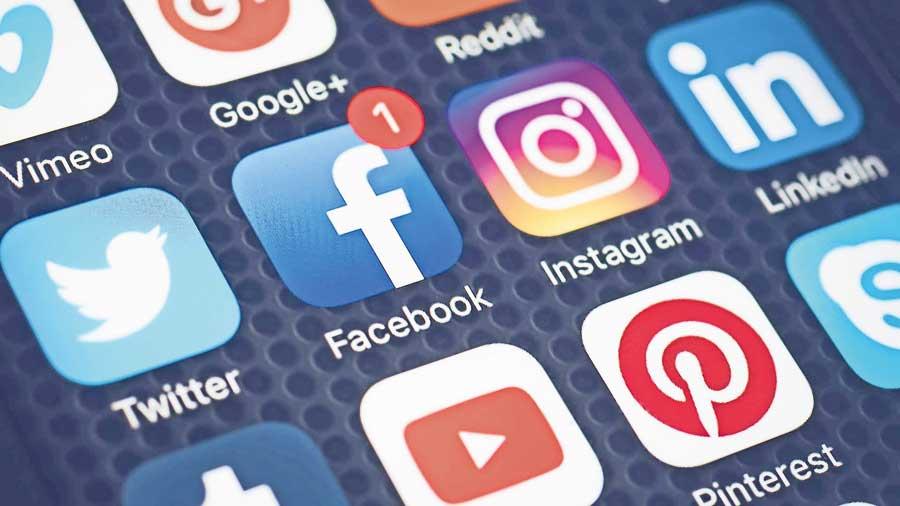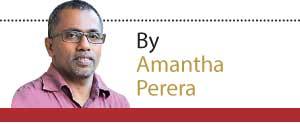10 Mar 2021 - {{hitsCtrl.values.hits}}

During a recent online presentation for the Manila-based Asian Centre for Journalism, I was asked to define the term dangerous information. This was a term that I had used in my talk. I was trying to show how the dynamics of online information including fakes and misinformation had changed in the past year with the lockdowns.
term dangerous information. This was a term that I had used in my talk. I was trying to show how the dynamics of online information including fakes and misinformation had changed in the past year with the lockdowns.
Dangerous information is a different entity from fakes and misinformation in that it can be authentic and verified information. But it could still be dangerous or deemed potentially dangerous. But How?
The danger in fact is quite personal. The information could be potentially dangerous to the recipient or could include details of potentially dangerous material. For example, if I get information on the spread of COVID-19 in Sri Lanka, that information is potentially not dangerous to me right now. I am miles away. But not so for family and friends back home.
"In my ongoing research that explores the confluence of online trauma and journalism during the lockdowns, a trend has emerged where journalists are increasingly identifying the impact dangerous information is having on their lives and their job"
In my ongoing research that explores the confluence of online trauma and journalism during the lockdowns, a trend has emerged where journalists are increasingly identifying the impact dangerous information is having on their lives and their job. Part of this new awareness is due to the renewed and increased focus that has been put on our online avatars. For most of us these are no longer avatars, they are the real thing. The lockdowns put the onus on mental wellbeing and by extension on online safety.
Journalism by definition and by character is about information. It is about gaining and packaging information. That is what journalists have been doing for ages. What has evolved is how we do this and the tools at our disposal. We are simply put information specialists. But we also need to be very mindful of what that information can do to us as the primary handlers of that information and to those who receive it thereafter. It as a simple as being responsible for hazardous material and as complicated as when that material is not tangible and the impact is psychosocial before anything else.
"Some of my colleagues have said that the truth should not be compromised at any cost. I defer on this. I don’t see the sacrosanctity of truth above human wellbeing. That is why I firmly believe that we as journalists, no as social media users, should pay extra attention to what we put out on our feeds"
At the time I came into journalism, the debate in Sri Lanka was on showing dead bodies. We never quite reached a conclusion on that. Before we knew it, dead bodies were everywhere from our phone to our computer screens to our TV screens. The human fascination with the macabre is a long running affair. But at no time was quenching those curiosity nerves slated as the first task of journalism. That has not deterred us from showing dead bodies, death enacted and death in all it evil and creative forms to the public.
Some of my colleagues have said that the truth should not be compromised at any cost. I defer on this. I don’t see the sacrosanctity of truth above human wellbeing. That is why I firmly believe that we as journalists, no as social media users, should pay extra attention to what we put out on our feeds. What these morsels of information, gossip, innuendo and images can do to others. We cannot expect social media platforms to do this job for us. They will never get around to it, especially in markets like Sri Lanka. I keep repeating this to my students and anyone who cares to listen. Information, visual, auditory and in any other form can be dangerous, we need to handle it with care. If journalism is the craft of storytelling based on fact, then journalists should be somewhat more dextrous in assessing and handling raw information a bit more than those who are not.
"At the time I came into journalism, the debate in Sri Lanka was on showing dead bodies. We never quite reached a conclusion on that. Before we knew it, dead bodies were everywhere from our phone to our computer screens to our TV screens. The human fascination with the macabre is a long running affair"
If we are sufficiently skilled, then we should be able to produce top quality journalism that people would pay to gain access to. If we are not, we would be plying the trade of slapstick content manufacturers at best and morbid misinformers at worst.
Assess the content, not the clicks.
The writer is a journalism researcher and a journalist. He can be contacted on
[email protected]
29 Nov 2024 4 hours ago
29 Nov 2024 5 hours ago
29 Nov 2024 6 hours ago
29 Nov 2024 7 hours ago
29 Nov 2024 7 hours ago